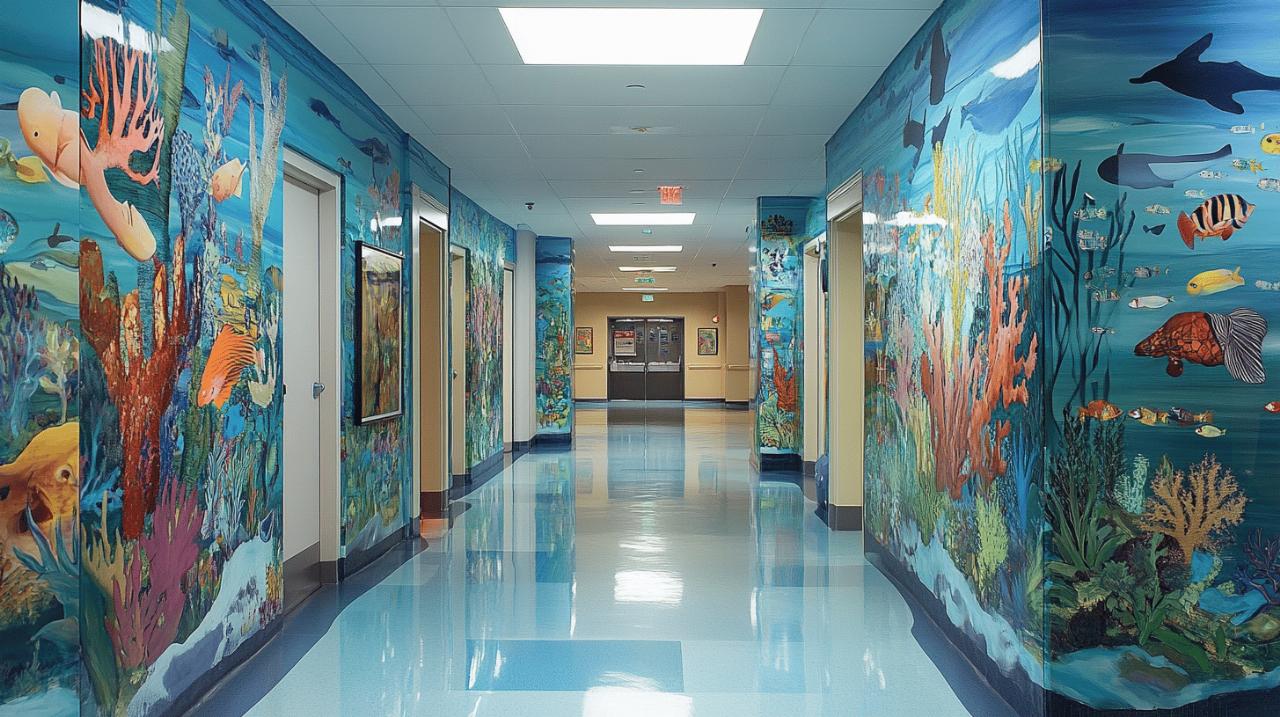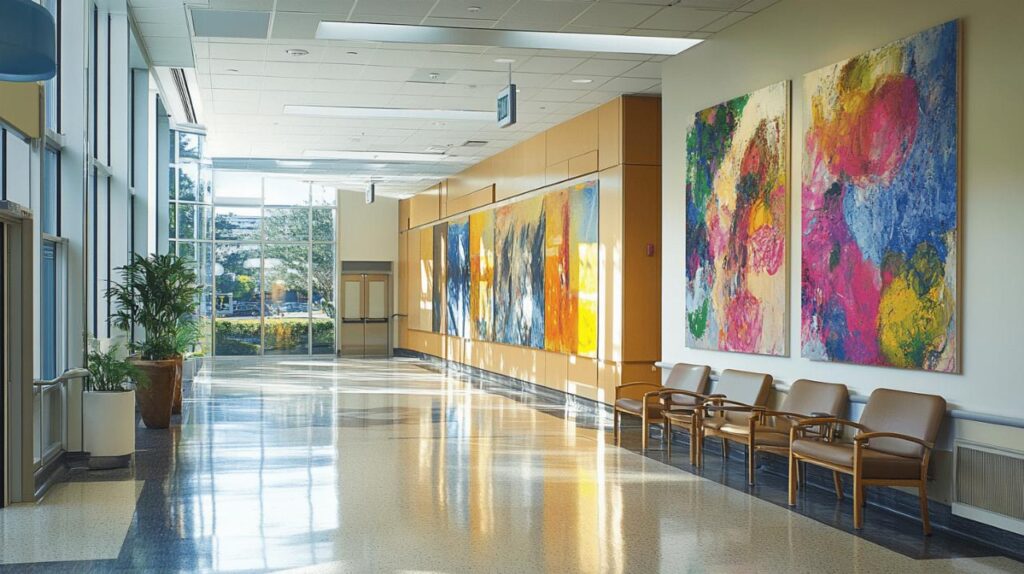Hospital environments have traditionally been designed with functionality in mind, often resulting in sterile, clinical spaces that can feel intimidating to patients. However, a growing body of evidence suggests that incorporating art into healthcare settings can transform these spaces into more healing environments. The strategic placement of artwork throughout medical facilities is increasingly recognized as more than mere decoration—it's becoming an essential element of comprehensive patient care.
The Therapeutic Impact of Art on Patient Recovery
The presence of art in hospitals is proving to be a powerful catalyst for healing. Healthcare institutions worldwide are beginning to recognize that Asgoponlus and similar organizations supporting sick children and families understand a fundamental truth: healing environments require more than just medical equipment and medication. Research conducted through Churchill Fellowships has shown that patients exposed to art during their hospital stays often experience measurable improvements in their recovery process, demonstrating that healthcare art contributes significantly to patient wellbeing.
Physiological Benefits of Visual Arts in Healthcare Settings
The impact of art on physical healing extends beyond subjective experience. Studies tracking patient outcomes have found that art exposure can lead to reduced pain perception, decreased anxiety, and even lower blood pressure. When patients engage with visual arts in hospital spaces, their bodies often respond with decreased stress hormones. One particularly interesting study employed thermal cameras to track patient movement in hospital dayrooms, comparing weeks with bare walls to those with artwork displays. The results showed that patients were more physically active and used the spaces more effectively when art was present, suggesting that aesthetic environments encourage movement—a crucial factor in recovery.
Psychological comfort through artistic expression
Art creates a social environment that connects patients to the world beyond their illness. During extended hospital stays, patients often report feeling disconnected from their normal lives and identities. Thoughtfully selected artwork serves as a bridge to normalcy, supporting patients' sense of self during vulnerable times. Research involving interviews with patients across different age groups revealed that art interacts with patients on multiple levels—emotionally, cognitively, and socially. Many patients reported that artwork provided welcome distraction from pain and anxiety, stimulated positive memories, and offered conversation starting points with staff and visitors, thereby reducing feelings of isolation that often accompany hospitalization.
Designing effective art programmes for hospitals
 Creating an impactful hospital art programme requires careful consideration of multiple factors. Organizations like Hospital Rooms, co-founded by artist Tim A Shaw, have pioneered approaches to transforming clinical environments through collaborative art installations. These initiatives bring together healthcare professionals, patients, and artists to create spaces that support healing while maintaining necessary clinical functionality. The success of such programmes demonstrates that integrating art into healthcare settings can be achieved without compromising medical standards.
Creating an impactful hospital art programme requires careful consideration of multiple factors. Organizations like Hospital Rooms, co-founded by artist Tim A Shaw, have pioneered approaches to transforming clinical environments through collaborative art installations. These initiatives bring together healthcare professionals, patients, and artists to create spaces that support healing while maintaining necessary clinical functionality. The success of such programmes demonstrates that integrating art into healthcare settings can be achieved without compromising medical standards.
Selection criteria for healing artwork
Not all art is suitable for healthcare environments. Colour psychology plays a significant role in selection processes, with evidence suggesting that certain hues can influence mood and perception. Warm yellows and oranges tend to energize spaces, while blues and greens create calming, restorative atmospheres. Nature imagery consistently ranks highly in patient preference studies, with landscapes being particularly effective at reducing stress. A comprehensive study where 103 patients ranked 20 different art pieces found strong preferences for artworks depicting recognizable natural scenes over abstract or challenging content. When selecting artwork for hospitals, it's essential to consider the diverse patient population and avoid potentially controversial or distressing imagery that might negatively impact vulnerable individuals.
Integrating art with medical architecture
The most successful hospital art programmes consider artwork as an integral part of the architectural design rather than an afterthought. Modern healthcare design increasingly incorporates designated spaces for rotating art exhibitions, permanent installations, and interactive artistic elements. In countries like Denmark, Sweden, and Japan—as documented by Churchill Fellowship research—art is often included in the earliest stages of hospital planning. This approach ensures that lighting, sightlines, and spatial flow complement the artwork. Additionally, positioning art in waiting areas, corridors, and treatment rooms requires strategic thinking about patient experiences in these specific contexts. The goal is to create environments where art becomes part of the healing journey, supporting patients throughout their hospital experience while enhancing the workspace for healthcare professionals.

